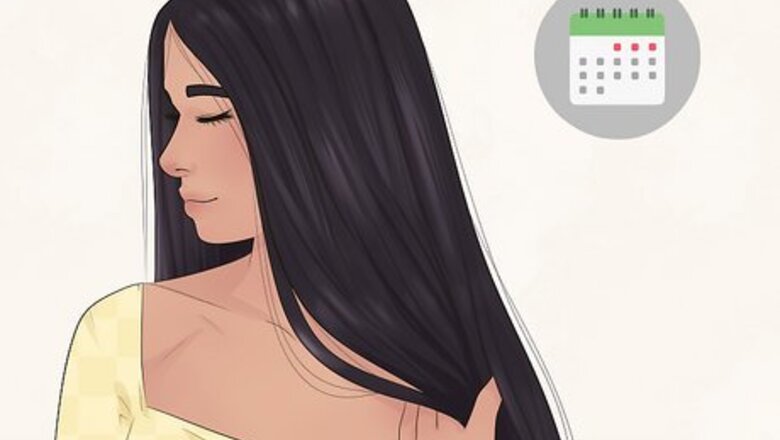
views
X
Trustworthy Source
PubMed Central
Journal archive from the U.S. National Institutes of Health
Go to source
If you’ve recently rebonded your hair, you may be wondering how to keep it looking as shiny and straight as possible. Or, perhaps you’ve noticed some breakage or dryness that you want to reduce. Post-rebonding treatment is definitely important for getting the best results and maintaining your hair’s health, so we’ve compiled a list of ways you can care for your rebonded hair.
Wait at least 3 days before washing your hair.
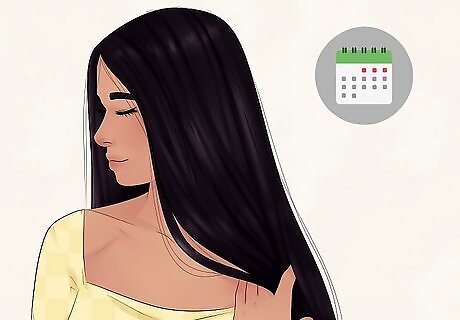
It takes a few days for your hair to settle into its new structure. You will want to keep it dry for at least 3 days (or 72 hours) after the procedure for best results. Water can ruin the results from your treatment, so it's super important to keep your hair dry.
Wear your hair down and handle it as little as possible.
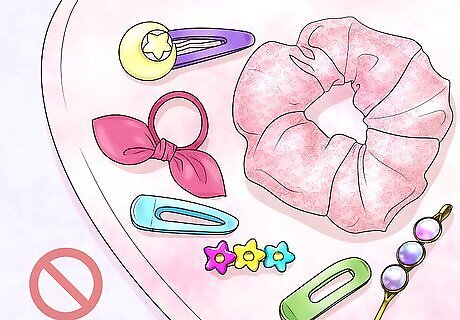
Your hair will remain fragile even after it settles into its new structure. To reduce breakage or other damage, stay away from accessories like hair ties, pins, and clips for at least a couple of days to up to a month. This will give it a chance to recover.
Use sulfate-free shampoo.
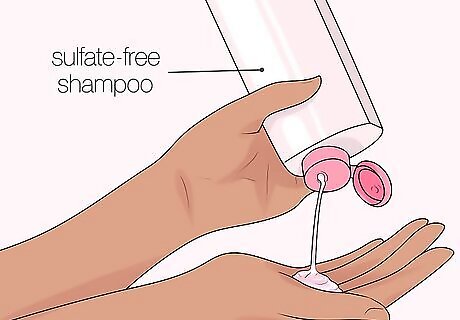
Sulfate-free shampoos may help your hair retain moisture and softness. Many shampoos contain sulfates, which are good cleaning agents that help remove dirt and grime. However, they can also dry your hair out and make it rougher because they strip natural oils away. Besides sulfate-free shampoos, there are also other special shampoos designed for straightened or treated hair. For example, some shampoos contain additional vitamins or strengthening ingredients like keratin. You can also use a cleansing conditioner, which is more gentle and won't strip all of the natural oils from your hair.
Regularly condition your hair.
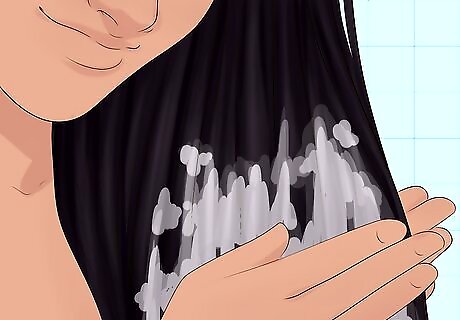
Conditioners provide extra moisture and protection for your hair. They improve hair shine and volume, and minimize frizziness and tangling. Instant conditioners that are applied immediately after shampooing can be used each time you shower. Deep conditioners like hair masks are more concentrated and left on longer. They can be used more or less frequently depending on your hair’s health--you can first try to aim for once a week, and adjust as needed. You can both purchase conditioners and make your own at home. If you are purchasing a conditioner product, make sure to take your hair type into account and carefully read the instructions. Types of deep conditioning treatments you can make at home include hair masks and oils. Many use easily accessible kitchen ingredients, like honey and eggs, that you simply leave in and then rinse off.
Use a wide-tooth comb.
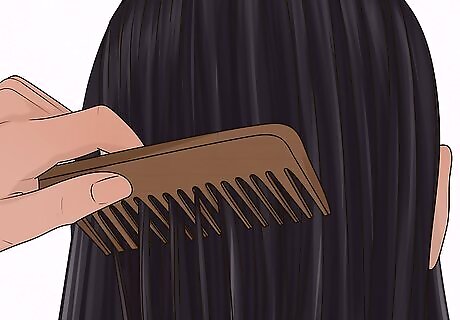
Wide tooth combs are gentler on your hair. They contain more spacing between the teeth, so they cause less ripping and tension, reducing the amount of breakage. You should also avoid combing wet hair, which is more sensitive due to cuticle breakdown.
Avoid further heat styling.
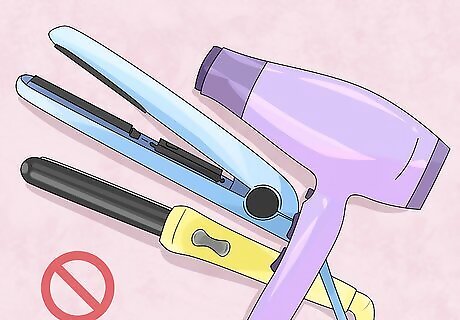
Additional heat styling can damage your already fragile hair. Heat styling includes procedures like curling, flat-ironing, or repeated blow-drying. This may make further maintenance and conditioning treatments necessary, so try to limit your heat usage. Try to let your hair air dry when possible. If you still need to style your hair with heat, use a lower setting or the lowest setting possible, or reduce the number of times you use these tools each week overall.
Avoid dyeing or bleaching your hair.
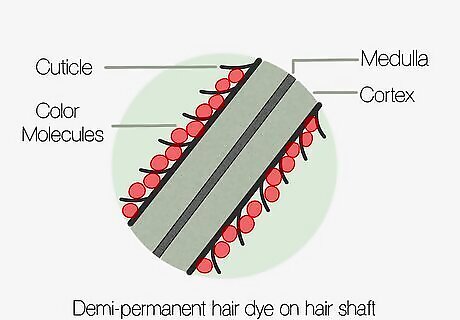
Dyeing or bleaching your hair can cause more drying and breakage. Try to stay away from further chemical treatments in general, but especially right before or after the rebonding, as they can cause protein loss and fiber damage. If you still need to dye your hair, using a demi-permanent dye is a gentler alternative as the dye only reaches the cuticle.
Take lukewarm or cold showers.
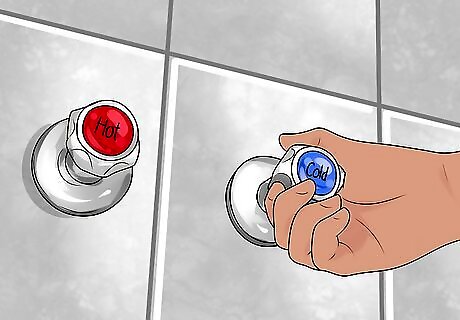
Showering with hotter water tends to dry your hair out more. This is because the heat damages your hair cuticles, like with heat styling. This causes your hair to be more brittle. By showering with colder water, you can help your hair retain as much moisture as possible. If you prefer to take hot showers, you can try to reduce the amount of damage by limiting the time you spend under very hot water. In addition to showering with colder water or limiting your hot water use, consider waiting longer between showers.
Protect your hair from humidity.
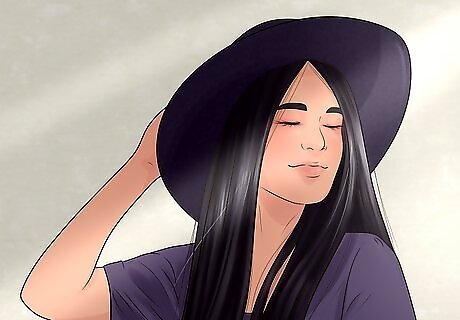
Rebonded hair is vulnerable to damage from humidity. Due to hair’s structure, it is especially sensitive to humidity, which may cause your hair to become frizzier and curlier. Consider protective methods like wearing hats, scarves, and avoiding the rain.
Get your rebonded hair touched up.
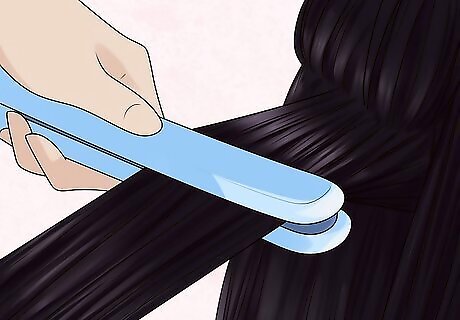
Though rebonding is permanent, plan for touch-ups as your natural hair grows out. Touch-ups will keep all of your hair consistently straight if you want to maintain it in the long term. Depending on how fast your hair grows, you may want to go in after around 3-6 months.


















Comments
0 comment